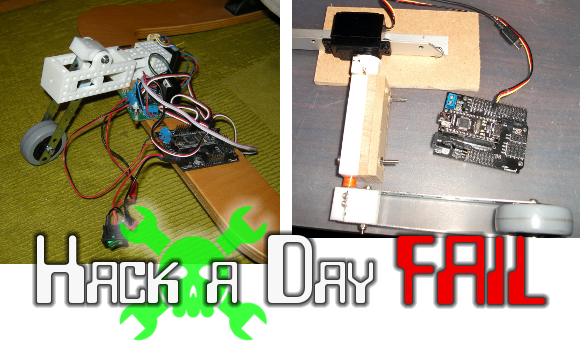The RC plane shown above is hovering in that position. And that’s about the least impressive thing it can do. This is the power of Collective Pitch Thrust Vectoring… on a plane.
So what exactly is Collective Pitch Thrust Vectoring anyway? Put simply, it’s like strapping a helicopter rotor to the front of a plane. We think the basic mechanism behind this is called a Swashplate (as found on a helicopter rotor), which allows for thrust vectoring, meaning the propeller blades can actually change their pitch cyclically, while still spinning at high speeds! This is what allows helicopters to do crazy tricks like barrel rolls.
A normal RC plane can only increase or decrease thrust with the speed of the engine. But with this, the thrust can be changed cyclically as the blades spin allowing for thrust vectoring (advanced steering). Couple that with some huge control surfaces and wing stabilizers and that means some seriously crazy aerodynamic feats.
Watch the video after the break, it’s amazing.
Continue reading “Collective Pitch Thrust Vectoring On A RC Plane”

















